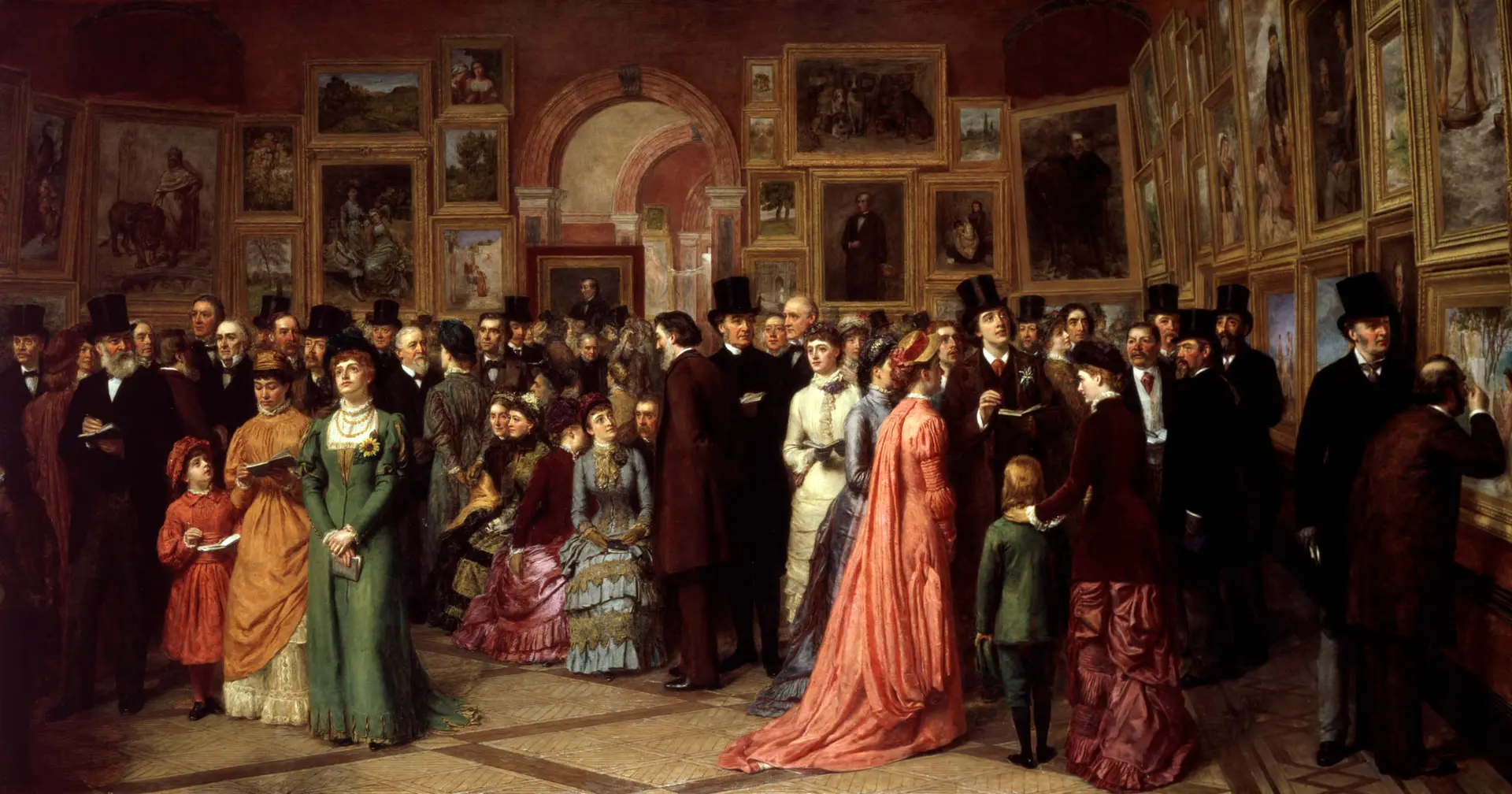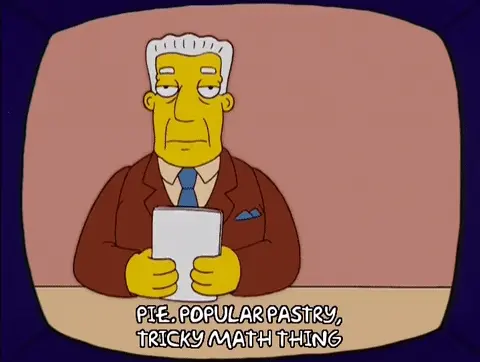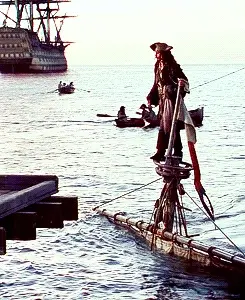The English language is full of nuanced sayings that are used almost imperceptibly every day and a lot of these have some bizarre beginnings.
Baker’s Dozen
A baker’s dozen is commonly understood to mean 13. Go back to Medieval England, and we get a some clarity regarding its origins. Common law dictated that the price of bread was related to the cost of the wheat used in its production. Any baker found to be selling overpriced buns (having a loaf) was subject to punishment, including large fines and flogging. Thus, to account for anomalies in the baking process, bakers would bake an extra bap to ensure they were free from prosecution.
Shambles
A shambles nowadays may be your common reply to the state of the country, but its origins are pretty grimy. Butchers in the 17th century would display and sell their goods on a table or stall in the street, which was known as a shamble. This led to the collective noun representing the street where butchers operated being known as the shambles (the name survives in many roads to this day). However, as butchers would throw offal (don't ask) into the streets, the meaning began to be associated with being a place of untidiness or disorganisation.
Humble Pie
In the 14th century the numbles was the name given to the less appetizing parts of an animal. The numbles were commonly used as a primary ingredient in pies given their relatively low cost at the time, sowere often eaten by the lower classes, whilst the upper classes would take the more valued cuts. The adjective humble was derived separately, meaning of lower class. The similarity in the two words likely led to its current idiomatic meaning – make a humble apology and accept humiliation.
Goodbye
This is relatively simple one, but interesting nonetheless. In the 15th century a common farewell was ‘God be with thee’. Over 300 years this eventually got compounded; ‘God be with yee’ in the 16th century; ‘God b'wee’ in the 17th; and eventually ‘Goodbye’ by the 18th century.
Beyond the Pale
What we know today as pale (light in colour) is far different from its now obsolete early English meaning – a stake or pointed piece of wood, also known as a fencepost. In turn the Pale began to be associated with the area enclosed by these pale posts, such as a settlement. Therefore, anyone wanting to go outside of these safe areas were said to be going ‘beyond the Pale’ – to go outside agreed standard of decency.
Nail Your Colours to the Mast
During nautical battles, the flag of a ship were struck (lowered) to surrender to the enemy – and was customary for the enemy to direct the cannon towards the ships mast during a battle to disable it. If all the masts were hit, the captain usually had little choice but to surrender. If however the captain decided to fight on, the crew were ordered to hoist the colours on remnants of the ships rigging, said to be ‘nailing the colours to the mast’.
The first usage is linked to the Venerable, the flagship of British Admiral Adam Duncan, at the Battle of Camperdown in 1797. The mainmast of the ship was struck by the Dutch enemy bringing down the ships flag, which could be interpreted by the rest of the fleet as surrender. Jack Crawford, a sea-hand upon the ship, climbed the remains of the splintered mast and nailed the standard back in place. With the standard intact, the fleet fought on and the British were eventually victorious, with the battle penned as the ending of the Dutch dominance at sea and the beginning of Britannia ruling the wave.
Steal Someone's Thunder
Surprisingly, this idiom comes from a real event in the early 18th century. The petulant playwright John Dennis devised a thunder machine that could be used during one of his plays - consisting of a sheet of tin being rattled backstage (the joys of pre-television). Unfortunately, the play was a disaster and flopped (who'd have guessed), yet a few days later he heard his machine in action during a rival performance of Macbeth. Upon the discovery he shouted
that is my thunder by God; the villains will play my thunder, but not my plays
Hair of the Dog
Anyone who's woken up not knowing where they are has probably heard this one. But its original etymology can be traced back as far as 2500BC in Northern Syria, from a book in which the God Ilu becomes hungover after a drinking binge, and the recipe in which he is prescribed consists of ‘hairs of a dog’ and an unknown plant mixed with olive oil (sounds incredible). The belief seems to stem from the idea that being bitten by a rabid dog could be cured by ingesting a potion containing some of the dog's fur.
Once in a Blue Moon
It is generally known to mean something highly irregular – originating from a clerical pamphlet printed in 1528, where one of the characters converses to another
if they say the mone is blewe, we must believe that it is true
It is likely in reference to the fact that priests at the time expected any statement they made to their parish to be believed, no matter how farcical (no comment).
However, a blue moon is in fact possible. This occurred most notably after the eruption of Krakatoa in 1883, when the moon had a blue tinge for almost two years. Large ash particles in the atmosphere that were released after the eruption, diffracted red light making the moon appear blue or slightly green. Still, pretty rare.



